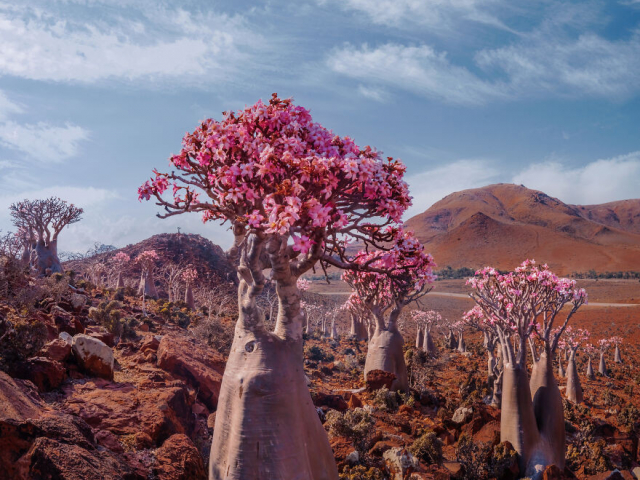
Socotra, Yemen
Located in Yemen, Socotra is an unusual island resembling a scenery from a science fiction film. Its picturesque flora seems to have come from another planet. A large number of plants and animals that grow and live here are endemic, that is, their species are not found in other parts of our planet. The Dracaena cinnabari, or Dragon's blood tree, is one of the most popular representatives of the local flora. In addition, Socotra is home to rare Bottle Trees. This exotic place is hard to reach. You need to apply for a visa from the government of the Republic of Yemen, which issues them reluctantly, and find a suitable flight. The thing is that only two airlines fly to the airport of Hadibo, the main and only city of Socotra, and they are constantly changing schedules and prices. Flights are from Sanaa, the capital of Yemen.
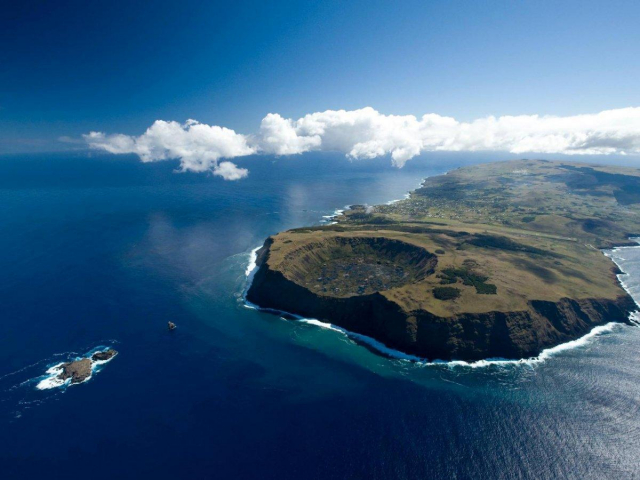
Easter Island, Chile
Easter Island is a well-known but rarely visited travel destination. Locals say that Rapa Nui, Easter Island’s native name, is located in the middle of nowhere. It is situated more than 2,500 km away by sea or by air from the nearest settlement. Traveling to Easter Island depends on the time of year and weather conditions. Archaeologists say this idol-inhabited island was home to 15,000 people. Later, its population shrank to a few hundred. Easter Island currently has 5,000 permanent residents who are mostly employed in the tourism industry. The crater of Rano-Kau, an extinct shield volcano, is one of the most secluded places on the island.
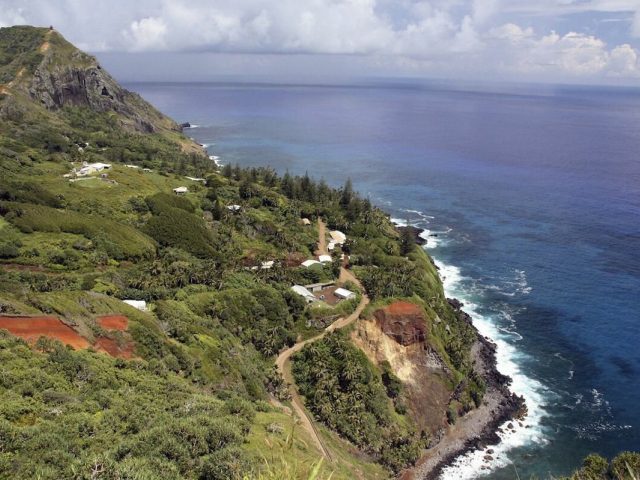
Pitcairn Islands, British Overseas Territories
The Pitcairn Islands is an unusual archipelago in the Pacific Ocean consisting of four islands of volcanic origin. It is part of the British Overseas Territories. No more than 50 people inhabit the largest of those islands. Therefore, to invite people to live there, local authorities have developed a special program and give those who want to move to Pitcairn free land to live on. In addition, migrants receive business support. However, few people have taken advantage of this opportunity so far. The prospect of receiving food every three months and living all alone scares people off. Moreover, you can get there only by sea. Still, the place is a popular travel destination. The tourism industry there brings an income of 80% to the local budget every year.
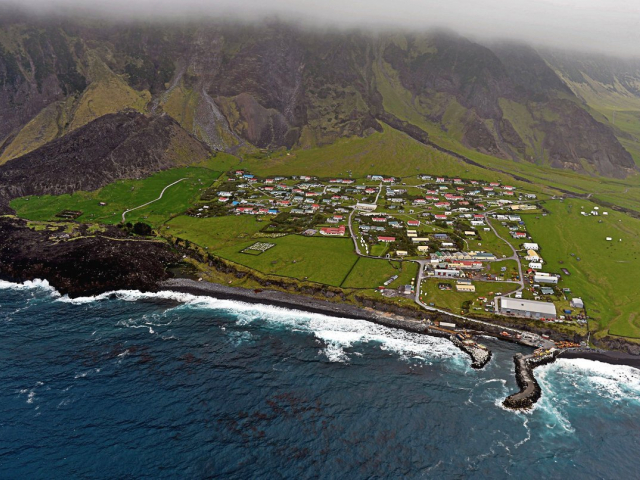
Tristan da Cunha, British Overseas Territories
This remote archipelago is so hard to reach that there is no airport or harbor there. It has only a port for fishing boats and scientific expeditions It takes a week by sea to get from Tristan da Cunha to the nearest big city, South African Cape Town. The main island of the archipelago is the only inhabited place there. Its population does not exceed 300 people, who are all blood-related. The island is under the protectorate of the United Kingdom, and its capital is called Edinburgh of the Seven Seas. The archipelago is located far from sea routes, but this does not bother locals. They have a school, a hospital, and a post office. The archipelago is a place free of unemployment and crime. Its land is in common use. Tourism brings little income to local authorities as there are no attractions or hotels. To get to the island, you need to obtain permission from the local authorities. They talk to a sea carrier from South Africa and arrange accommodation for tourists in one of the families.
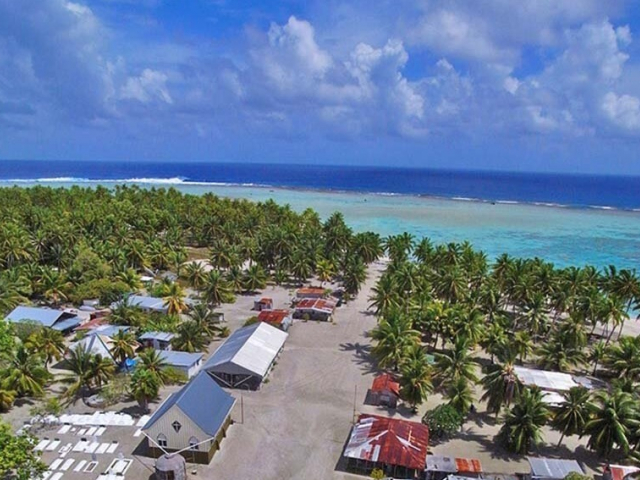
Palmerston, Cook Islands
Palmerston is an inhabited coral atoll in the Pacific Ocean. Its nearest neighbour is New Zealand, located 3,200 km away. Some ten times a year, a ship passes by it, and a large ship from New Zealand pulls in twice a year. The entire island is inhabited by the descendants of William Masters, a ship carpenter who came there in 1860. He had several wives and 17 children. Nowadays, the number of his descendants has reached 1,000 people. Apart from them, 60 people live in Palmerston. There are no shops there. Locals exchange all the necessary goods for fish from New Zealand sailors. Palmerston has electricity and a telephone exchange. The natives are mainly engaged in fishing as well as harvesting coconuts and bird feathers. The income from tourism is rather small. Notably, the inhabitants of Palmerston do not use money.
 English
English 
 Русский
Русский Bahasa Indonesia
Bahasa Indonesia Bahasa Malay
Bahasa Malay ไทย
ไทย Español
Español Deutsch
Deutsch Български
Български Français
Français Tiếng Việt
Tiếng Việt 中文
中文 বাংলা
বাংলা हिन्दी
हिन्दी Čeština
Čeština Українська
Українська Română
Română
